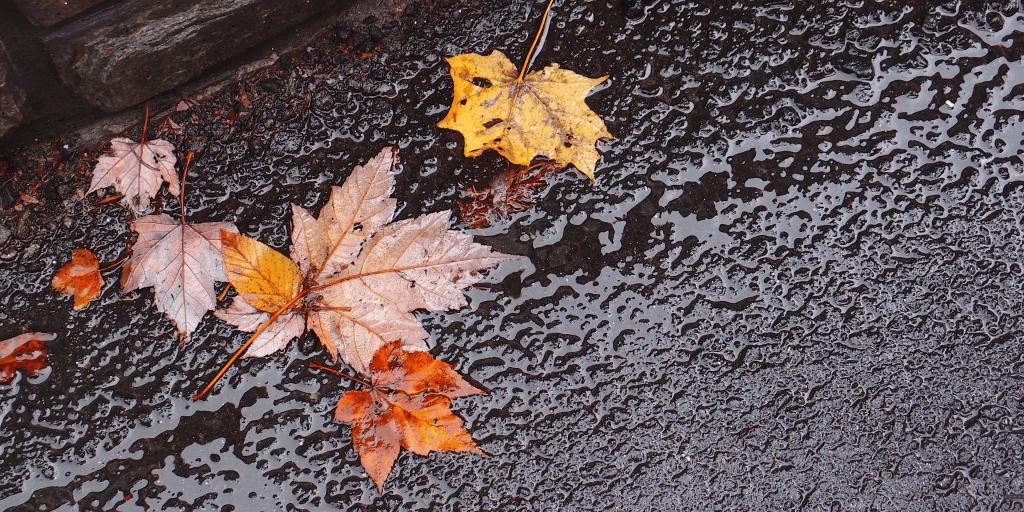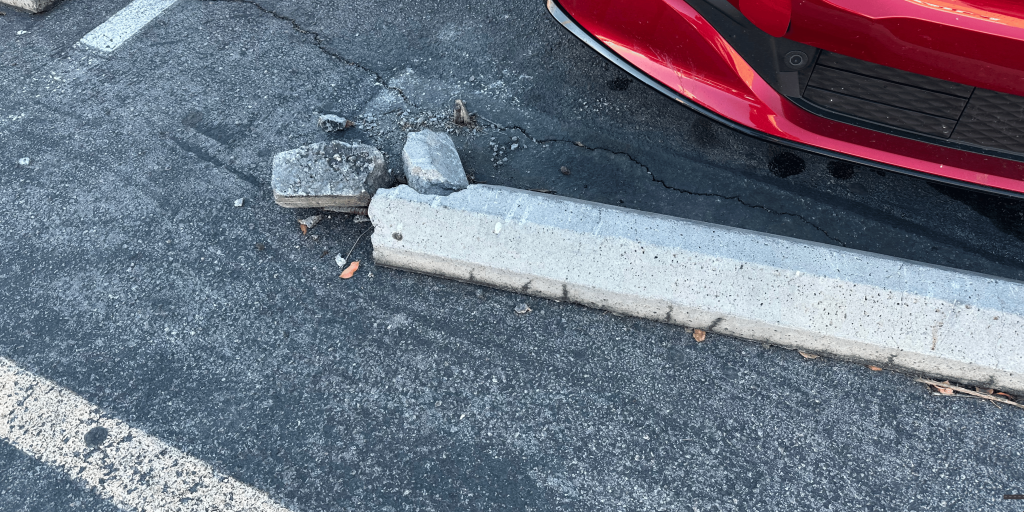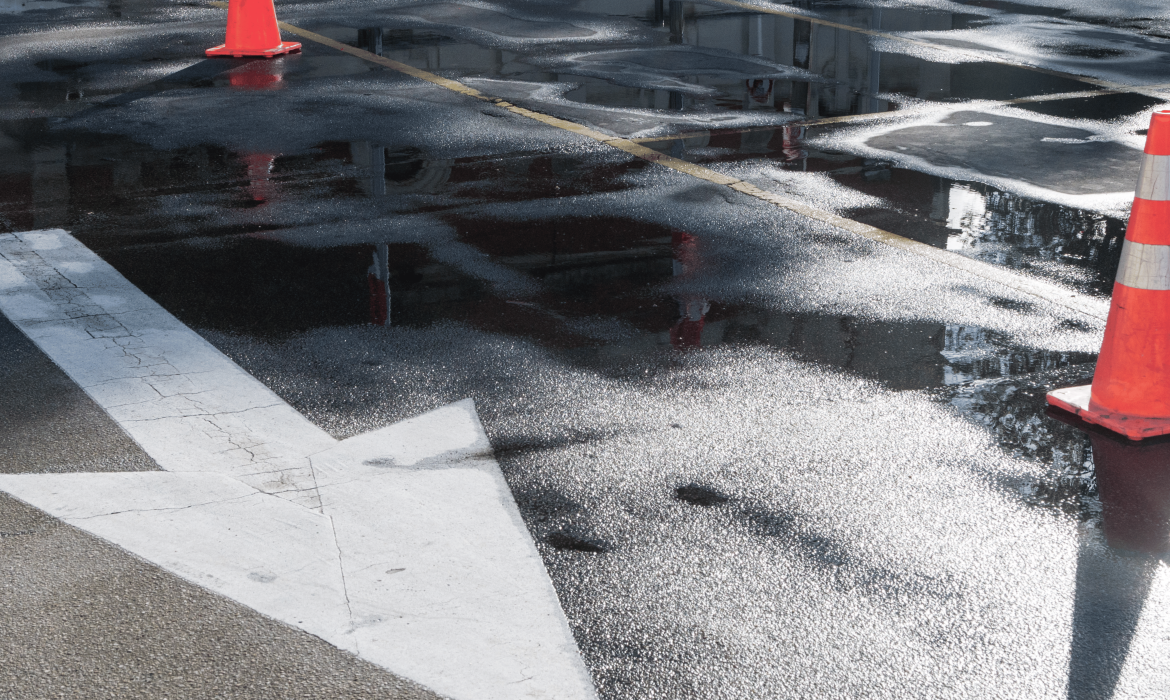Asphalt parking lots are prevalent in many parts of the world due to their convenience and the strength offered by the asphalt surface to vehicles. However, these paved areas are susceptible to deterioration through acts of nature, especially during the early spring.
To answer the question of how water seeps into asphalt, we will first talk about what it is and what it is used for.
Asphalt consists of aggregate (stone and sand), binder (tar or asphalt cement), and air voids within the mix. Meanwhile, the air voids, the spaces between the aggregates, facilitate water penetration into the asphalt structure. During spring, water is abundant and finds its way through cracks and other openings that might have been created on the surface through deterioration. This water is also more harmful in various ways.
Effects of Freeze-Thaw Cycles
Various factors lead to the damage of spring asphalt; one of the common factors is the freeze-thaw cycle. When water is present in asphalt, and during freezing and melting points, it increases and decreases its volume. This exerts pressure on the pavement from within and, in the process, leads to the development of cracks, raveling, and potholes.

Flushing and Stripping Damage
The freezing/melting cycle also causes flushing and stripping effects, which result from water infiltration. Rutting is a process whereby the asphalt binder washes out through water action and migrates to the surface, leaving the aggregates behind. Stripping is a situation where water interferes with the bond between the aggregate and binder of the asphaltic concrete. It is self-evident that both procedures result in rough, pitted, and unsafe parking areas.
Erosion from Flowing Water
When water flows over the surface, the stormwater potentially erodes the asphalt’s upper course and base course. Water seeps into gutted tracks, enlarging joints, washing out base and bedding materials. Permeable water flow degrades the structure of the parking lot and results in sinking and more cracking.
Prevention and Repair
Property managers have several options to prevent or repair spring rain damage to their asphalt parking lots:
• Crack sealing – Seal cracks with material made from rubberized asphalt so that water seepage can be stopped.
• Sealcoating – Place a thin liquid layer of the material called sealcoat over the asphalt binder.
• Resurfacing –Place new layers of asphalt over the worn-out ones to create a new waterproof cover.
• Catch basin, trenches, and underground pipes – Construct these along the roadsides and other areas with regular traffic to help manage excess water.
• Patching– This entails utilizing asphalt patches to cover up the potholes or localized imperfections.
• Partial reconstruction – Demolish those parts that are extensively deteriorated or have reached the end of their service life.

One of the effective measures that needs to be undertaken to reduce the effect of spring rainfall on asphalt parking surfaces is to engage in timely maintenance.
The Cost of Neglect
When problems with the asphalt are not addressed during different seasons, the deterioration is even more rapid. With time, parking lots will start to develop more cracks and potholes, thus requiring a complete reconstruction. During repairs, access to parking may be restricted or channeled in some other way, which may be inconvenient for users. The costs of a total asphalt overhaul include professional fees, paving materials, or tens of thousands of dollars more.
Conclusion
Heavy rainfall in spring, fluctuations in temperature that freeze and thaw, and inadequate water drainage contribute to the deterioration of exposed asphalt, in areas such as parking lots. Splits and eroded areas and reduced and abraded surfaces pose risks of harm to visitors besides the fact that the aesthetics are lost, and their allure is reduced. The above information is something managers can follow to enhance the life of their asphalt assets: crack filling, sealcoating, and overlay. Chances are if the problem is not corrected soon after the incident, the cost of repair will be much higher in the long run. A well-maintained parking lot says a lot about your business as it is often the first impression you can make.

